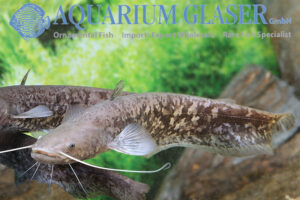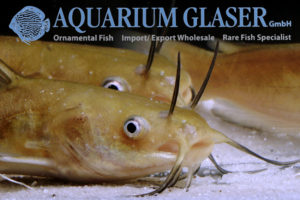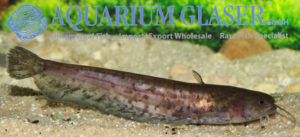The Wels catfish or Sheatfish (Silurus glanis) was originally widespread from Eastern Europe to Central Asia, but was artificially introduced by humans as a food fish over large regions. It is one of the largest freshwater fish in the world. The current records that are reported speak of animals up to 3 meters long and […]
10f. Catfishes from Europe and North America (3)
-
-
Ameiurus melas
Among the aquarium fishes that have been kept already in the 1890ies belong the two species of bullhead catfish Ameiurus melas and A. nebulosus. Both species are very similar to each other and even specialists have problems to tell them apart. Initially bullhead catfish were brought to Europe as foodfish in the 1880ies from the […]
-
Silurus glanis
The Wels catfish or Sheatfish (Silurus glanis) lived initially in eastern Europe and central Asia, but was spread as a food fish over large regions by humans. The species belongs to the largest species of freshwater fish known so far. Current records mention up to 3 m long fish that are as heavy as 150 […]







